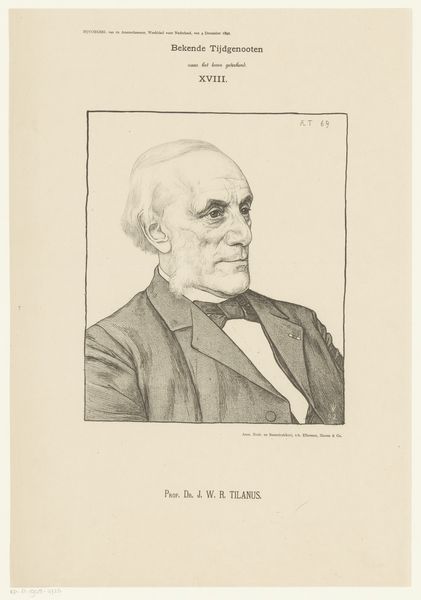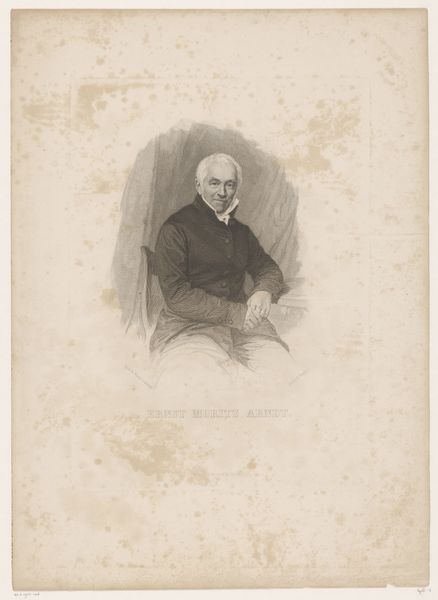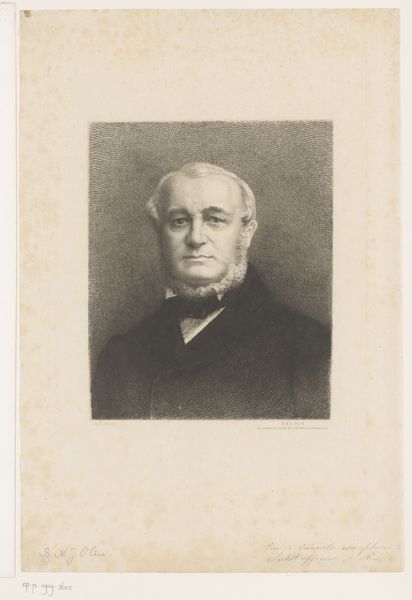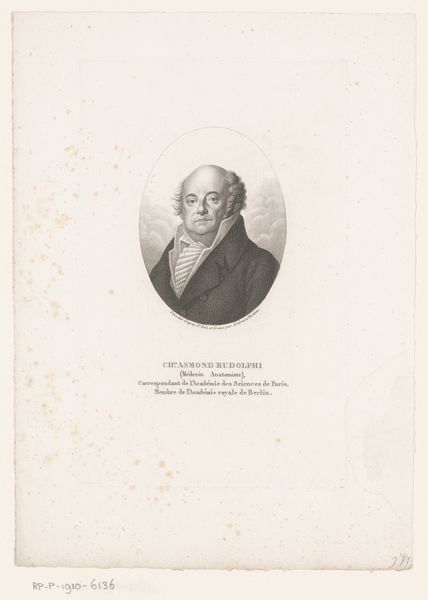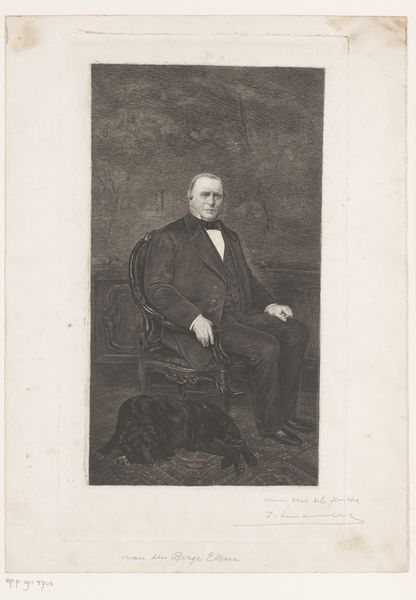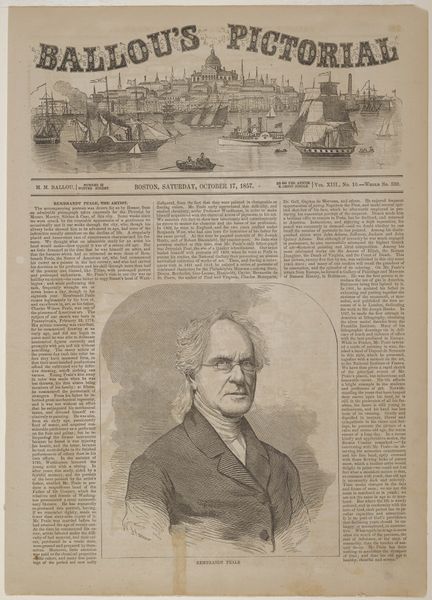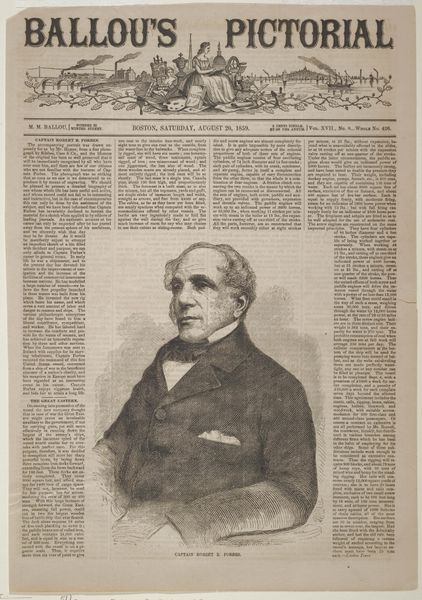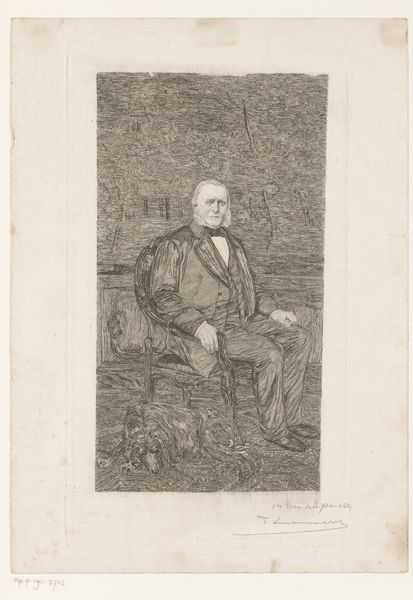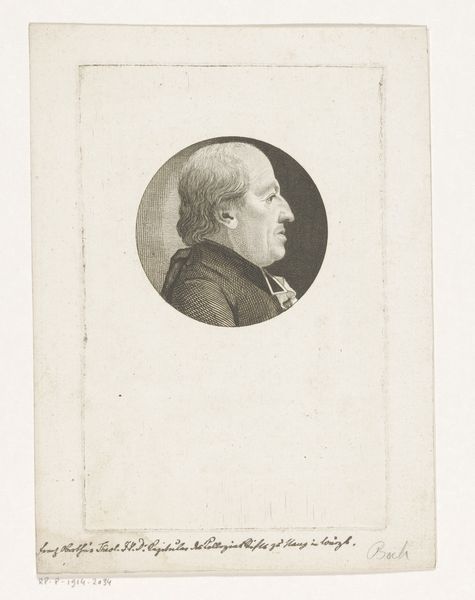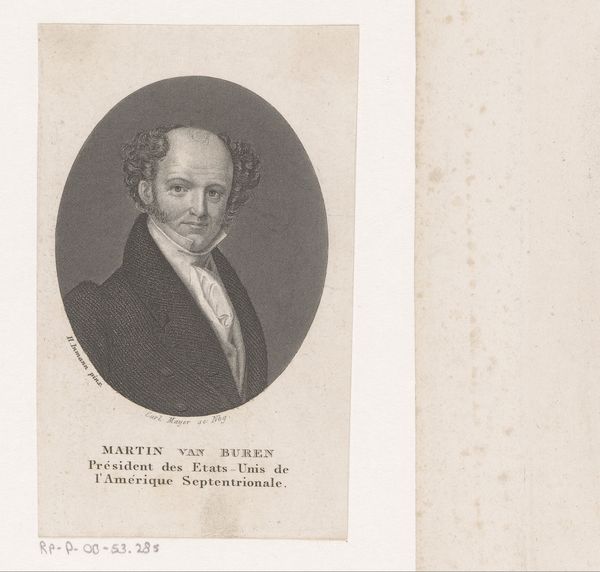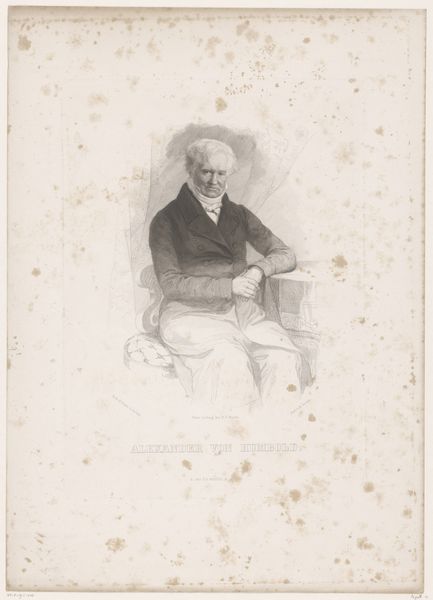
drawing, print, woodcut, wood-engraving, engraving
#
portrait
#
drawing
# print
#
historical photography
#
woodcut
#
united-states
#
portrait drawing
#
academic-art
#
wood-engraving
#
engraving
Dimensions: 10 3/4 x 9 1/16 in. (27.3 x 23.0 cm)
Copyright: Public Domain
Editor: So, this is "The Late Rev. Dr. Murray" by Winslow Homer, a wood engraving from 1861, found at the Minneapolis Institute of Art. I'm immediately struck by how the somber tones create a sense of respect and… well, finality. How do you interpret this work through a historical lens? Curator: That sense of finality you're picking up on is important. This print appeared in *Harper's Weekly*, a widely circulated periodical during the Civil War era. Consider the public role of images like this. It’s not just a portrait, it’s a piece of social and institutional history being disseminated widely, shaping public memory and demonstrating the prominent position held by religious leaders. Editor: So, was this image intended as a commemoration, or something more? Curator: Think about the context. 1861 was the first year of the Civil War. Harper's Weekly, through its images and stories, aimed to unite a divided nation, promoting certain ideals and values. A reverend, presented with such gravitas, reinforced societal values, but more subtly promoted a particular ideology, or even moral position. Consider how religious institutions of the period might have sought to address their stance in a climate of social change and division. Editor: That's a perspective I hadn't fully considered. It makes me wonder about the details included. Were the engravings in Harper's Weekly created by the publication itself? Curator: Often, yes. Homer, though later known for his paintings, started as an illustrator for publications like *Harper's Weekly*. Wood engravings were a key means of mass media reproduction and therefore central to forming and influencing public opinion. The distribution channels are themselves very telling. It’s crucial to examine not just what is shown, but how it reached its audience and within what socio-political structure. This way we can grasp both the imagery and the shaping public mind. Editor: I see now. The art isn't just the image; it's about the forces around it. Thanks, that has really reshaped my view of it! Curator: Exactly. By analyzing art this way, we understand its powerful position and lasting influence, revealing far more than aesthetics alone.
Comments
No comments
Be the first to comment and join the conversation on the ultimate creative platform.
